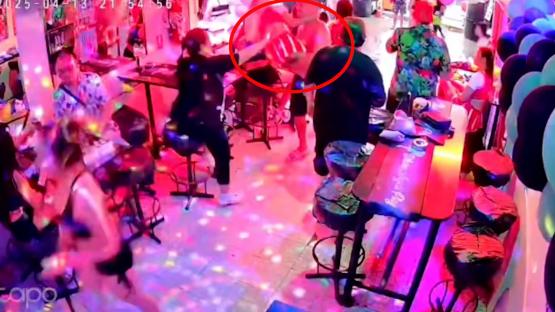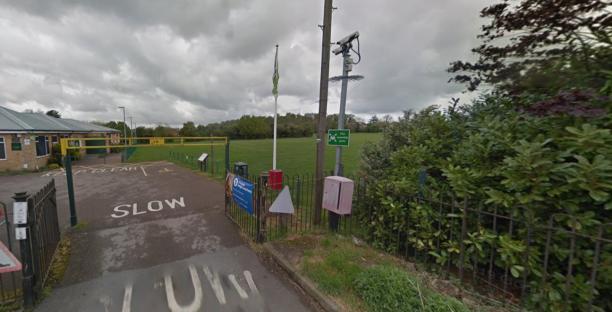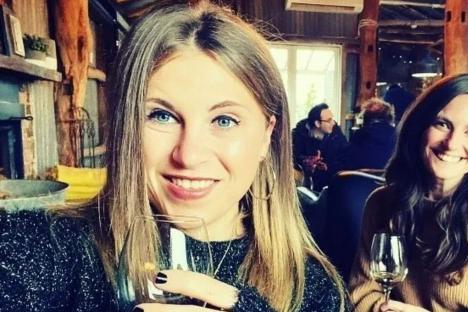As COVID-19 continues into a second summer, Guelph will soon see an outdoor patio program — and the road closures that come with it — back at the main intersection of the downtown core.
But unlike last year's dining district program that saw road closures seven days a week, the intersection of Wyndham and Macdonell streets will only close on weekends.
Read more: Registration begins for expanded patio spaces at Toronto restaurants, bars
City council made the decision Monday evening, paving the way for on-street patios to be in place Friday to Sunday, from Victoria Day weekend to Labour Day weekend (May 21 to Sept. 6).
Staff suggested, and councillors agreed, to close the intersection all day on Fridays to avoid messing with Guelph Transit bus schedules during the day.
The decision to set up the patios just on weekends is a compromise between closing the road seven days a week like last year to not having road closures at all, which staff recommended.
City council did also approve allowing any restaurant in the city to open patios on sidewalks and in parking spaces, beginning April 1 and running until October.
Those in favour of closing the intersection argue it's good for businesses as they try and stay open during the pandemic, while those against it point to the cost and the impact on the city's transit system.
There are also concerns about public health orders that allow the patios to be open.
But the Ontario government has recently allowed businesses in the grey-lockdown zone to offer outdoor dining as long as two-metres distancing can be maintained.
Those in the red zone can offer indoor dining at 50 per cent capacity, up to 50 people maximum.
Read more: Restaurants in Ontario regions with grey lockdown COVID-19 restrictions to be allowed outdoor dining
“No one is going to be 100 per cent happy with the outcome,” said Coun. Leanne Caron, who voted against the road closures. “I don't think we have a perfect solution.”
As for the cost, the city said it would take almost $300,000 to close the intersection every weekend. But that would be paid for through the province's Safe Restart grant program.
Coun. Bob Bell, whose ward covers the downtown intersection in question, voted against the on-street patio program.
“What we're voting on is almost $300,000 in public money being spent on a select few at the main intersection of our downtown,” he said. “I don't see why we should be favouring one location, much less making the public pay for it.”
Mayor Cam Guthrie said he disagreed with Bell and added that he has spoken with businesses in the downtown core, both for and against the road closure.
He claimed that most businesses, even those outside of the dining district area, wanted it to return.
“Those that are in favour include jewellery stores, they include clothing stores,” he said. “Not just a few bars.”
The mayor has been pushing to have the dining district return like it was last year with a full-time road closure. He pointed to a petition that had garnered thousands of signatures in support of bringing that model back.
Guthrie also voiced his concern over what he calls a “disconnect” between what's being decided at city hall and what's happening in the public.
Read more: Waterloo Brewing slashes beer prices for Ontario pubs, restaurants
“That's a takeaway for me on this particular topic and it's been a takeaway on some other topics as well,” he said. “I think it's something we should struggle with a little bit to try and wade through where the disconnect is happening.”
More information on the city's seasonal patio program can be found on the City of Guelph website.




